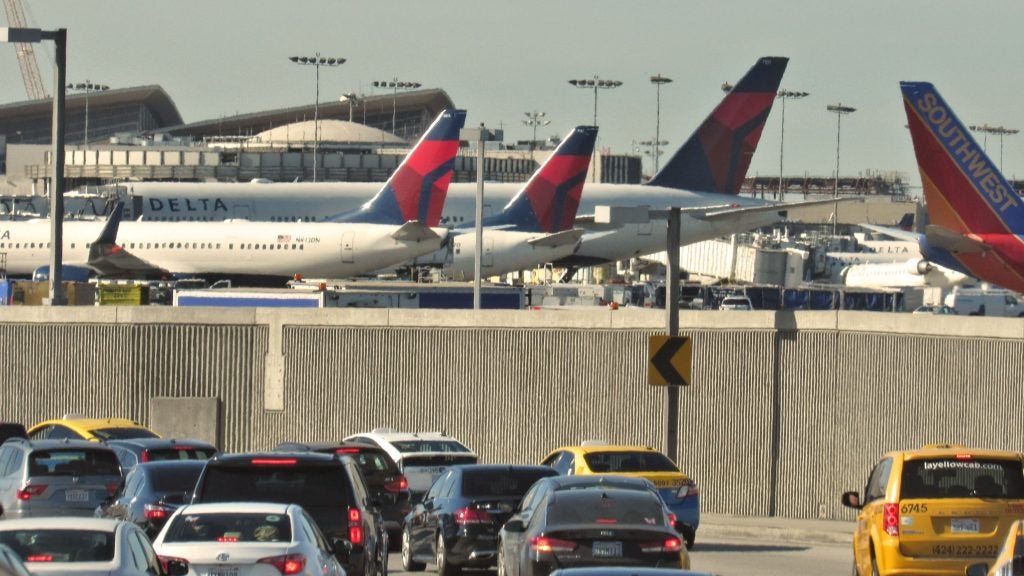
The Rail Safety and Standards Board (RSSB), in collaboration with the University of Sheffield, is developing a tool using AI to predict low adhesion track conditions.
In particular, there will be a focus on the seasonal challenge of how to deal with leaves on the line.
The aim of the project is to deliver an online ‘rail head friction estimation’ tool by Autumn 2023, which will allow users to enter data and receive friction predictions relating to the network. This project will involve using AI to analyse data and high-res footage on friction between wheel and rail.
These detailed images will be combined with lineside images and topographical/local environmental data.
Low adhesion track conditions, such as leaves on the line, cause safety and operational issues, costing the industry around £350m annually.
These delays impact train performance and station overruns. As well as leaves on the line, temperature and humidity can impact the level of adhesion between the train’s wheels and the rail.
How well do you really know your competitors?
Access the most comprehensive Company Profiles on the market, powered by GlobalData. Save hours of research. Gain competitive edge.

Thank you!
Your download email will arrive shortly
Not ready to buy yet? Download a free sample
We are confident about the unique quality of our Company Profiles. However, we want you to make the most beneficial decision for your business, so we offer a free sample that you can download by submitting the below form
By GlobalDataProject feasibility
Paul Gray, professional lead of engineering and research at RSSB, notes that pattern recognition and AI will provide an estimation of the localised railhead adhesion conditions.
“The railway works hard to manage low adhesion conditions using a set of technologies and processes that in the main can cope with a range of adhesion conditions that can vary throughout the year and typically are most problematic in autumn,” says Gray.
“However, sustained very low adhesion conditions can still occur and can lead to trains not being able to slow down and stop in a controlled way which can cause station platform overruns, signals passed at danger and very occasionally more serious incidents such as the collision that happened near Salisbury in October 2020.”
“Sustained very low adhesion conditions can lead to serious incidents such as the collision that happened near Salisbury in October 2020.”
This project is part of ADHERE, which is the cross-industry adhesion research programme aiming to deliver research to achieve adhesion conditions that are unaffected by and independent of the weather and climate.
RSSB is using its previous research, which found that friction conditions on the rail head can be estimated using images of the surroundings, images of the rail head, and other sensor data.
“Having detailed estimations of localised adhesion conditions can help improve operational decision making and railhead treatment planning in the short term and could offer a way of reliably comparing one route to another to help focus further investments to mitigate low adhesion,” explains Gray.
“This capability would help drive down delays to passengers caused by low adhesion.”
As the feasibility of this project has been approved, work on an extension of the new tool to other infrastructure types is being carried out. There is also a focus on developing a prototype adhesion estimation tool for the initial trial.
The future of AI in rail
Britain’s rail network contains around 20,000 miles of track, and AI technology can assist in the efficient monitoring and management of this network. This can prevent disruption, from problems such as leaves on the line, to passenger journeys as well as freight journeys.
Management strategies are usually based on meteorological forecasts as well as local infrastructure condition information. It is expected that information provided by AI technology on this subject will be more accurate.
Gray offers a positive outlook for the future use of AI with regards to the prediction of low adhesion track conditions.
“Low adhesion conditions can occur rapidly and be highly variable in different locations and from route to route,” He says.
“Using images that are routinely captured, and then using an AI pattern recognition approach, offers a realistic way to estimate low adhesion conditions to help prioritise treatments and target investments to drive down disruption caused by low adhesion.”







